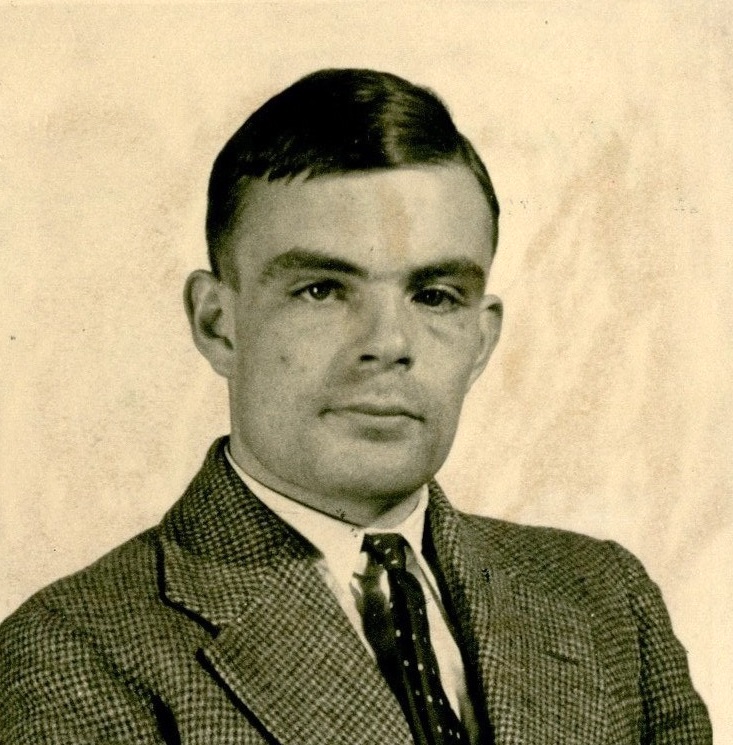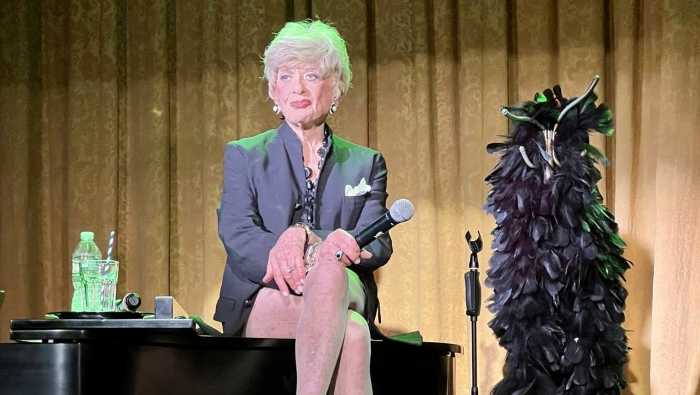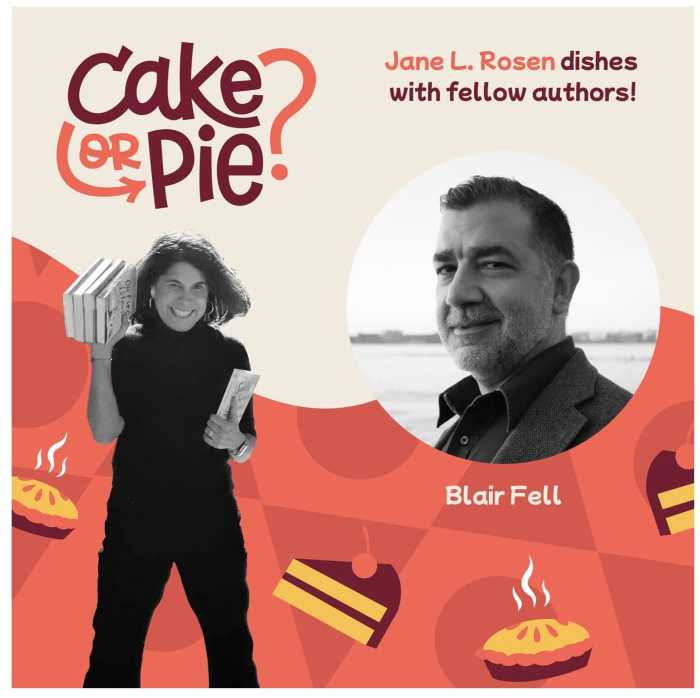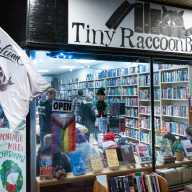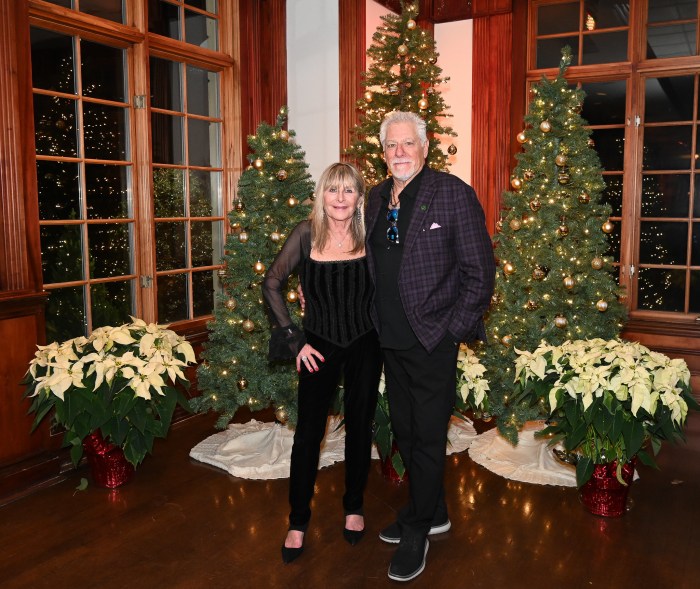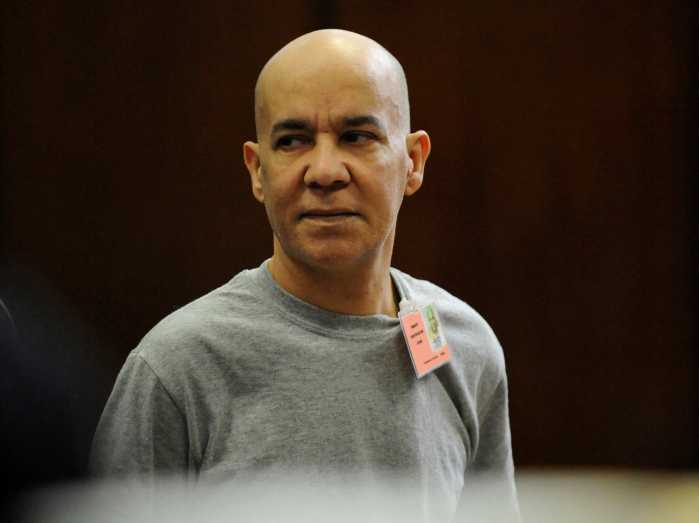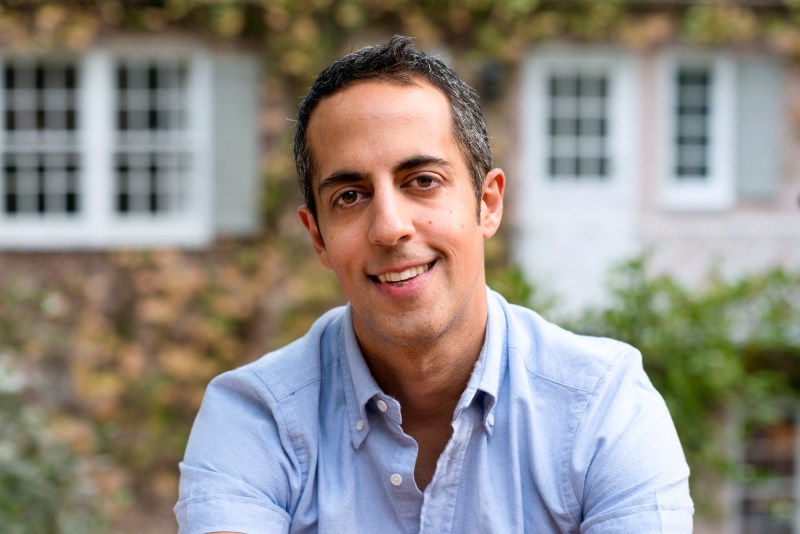We input text, audio, and visual content on cellphones, tablets, laptops, and computers, sending it to a global data network—the Internet. It arrives almost instantaneously on receiving devices. Electronic communication has revolutionized how we access and share information. It also allows people to say things they would not say in person, which can promote prejudices, stereotypes, and disinformation.
Alan Turing (1915-1954) is considered by many to be the father of computer science. He perfected decoding the German military’s Enigma machine-encrypted communications during World War II. Turing, a homosexual, was also convicted of sexual acts criminalized in 1950s England, notwithstanding his heroic and unambiguous contributions to defeating the Axis powers. He later committed suicide. These facts were hidden in history for many years.
Today’s social networking platforms are an ingenious adaptation of computer programming science. Facebook, Instagram, and X (formerly Twitter with its ‘Tweets’) connect millions of individuals through short messages. Or to ‘influencers’ of every stripe. Or by ‘hot links’ to websites of expanded information and sometimes disinformation.
Predecessors to social networking ‘tweets’ were ‘tips’ and ‘tidbits’ from newspaper gossip columnists. Community newspapers carried important international and national news, of course, as well as hometown news and events. ‘Items of interest’ about ordinary and celebrity persons’ status (who, what, when, and where). The comings and goings of many townspeople within a paper’s circulation area were routinely reported. Readers often searched for their names in print before turning to current news items. In this respect, The Suffolk County News (and most other Long Island newspapers) performed the function of a community diary.
Two gossipy columns covered Cherry Grove activities. “Town Talk” concerned residents’ comings and goings, and the “Cherry Grove” column covered the resort’s arts, entertainment, resident and celebrity sightings:
“Mr. and Mrs. Fred Stein and their son have gone to Cherry Grove today to spend the season….
Buddy Rogers, band leader and husband of Mary Pickford, spent last weekend at the [Cherry Grove] hotel.”
People were captivated by gossip then, as today, although not all ‘gossip’ was innocuous nor benign. In Town Talk’s ‘Round-up of Personalities’, Mira Weeks reported on her mainland kaffeeklatsches, where she titillated women guests by revealing names of celebrities with homes at Cherry Grove. Peter French, a Danish explorer; Mrs. Marty Mann of Alcoholics Anonymous (unreported 40-year romantic partner of Priscilla Peck); and W.H. Auden, the renowned poet (unreported life-long companion to Chester Kallman). Weeks’s ‘tidbits’ were propaganda counterbalancing the headline-making arrests of moonlight skinny dippers, mostly gay men, and an occasional husband and wife in Cherry Grove. Her husband, Harry T. Weeks, incited such arrests as the self-appointed “mayor” and Cherry Grove’s public decency superintendent in the 1940s.
The “Cherry Grove” column throughout 1949 and 1950 was allegedly authored by a 14-year-old high school girl, Suzi Aronson. Her parents were Grove homeowners. The resort was notorious at the time as the site of a murder at its hotel, the headline-trumpeting trial, and a print campaign to rid the beach town of its ‘undesirables.’ Cherry Grove’s all-American pastimes, large and small-scale social events, celebrity sightings, and especially the creative output of the Arts Project captured “Suzy’s” reporter’s eye:
“The Carnival started with a bang. [There were] water sports for children: swimming, diving, floating….
There was a fortune teller and a children’s bazaar containing fur monkeys, batons, and huge lollypops with bubble gum centers.” The subtextual meaning: This community is safe for children.
It’s doubtful that “Suzy” attended the many nighttime cocktail and dinner parties reported in minute and delightful detail in her column. No mention is made of the ongoing community turmoil reported by her News colleagues. Esther Newton’s “Cherry Grove—Fire Island” interviewees believed the Aronson column was mainly authored by her mother, Peggy, aided by Grove women contributors. Indeed, “Suzy’s” implied youth and upbeat reportage were calculated to give Cherry Grove’s image some needed burnishing after so much newsprint devoted to its scandals.
Community newspapers from early and mid-20th Century America are invaluable time capsules of historical significance. Front page articles, human interest stories, and letters to the editor evidence the thoughts, fears, passions, and prejudices of a community’s residents recorded for posterity. Social media platforms perform the same function today. ‘Keyboard warriors’ can celebrate or denigrate their chosen subjects. Speak truths or spread lies.
As in past eras, efforts are afoot to obscure LGBTQ+ history, to disparage and demean our humanity, and can now spread worldwide—like a computer virus. Queen Elizabeth II granted Alan Turing a royal pardon posthumously in 2014, following the petitions of tens of thousands of her subjects to the government. Turing gifted LGBTQ+ generations the very tools to build community and fight potentially deadly culture wars today and in the future.



